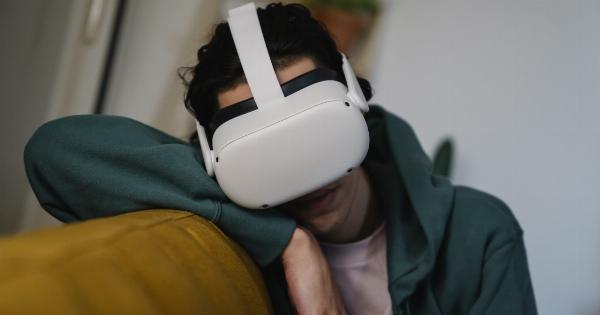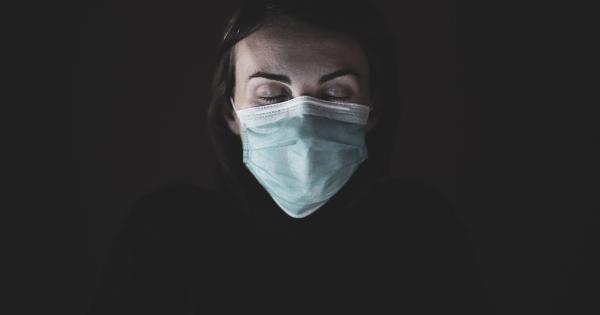Our eyes are the windows to the world. They help us perceive our surroundings, colors and shapes. Unfortunately, our eyes are also susceptible to various diseases and conditions.
Here, we will discuss the most common eye diseases and conditions that affect people all around the world.
1. Refractive Errors
Refractive errors are the most common type of problem that affects eyes. This happens when your eyes fail to focus on objects properly, causing blurry vision. The most common types of refractive errors are:.
Astigmatism
This eye condition is caused by an irregularly shaped cornea, which causes problems with the way light enters the eye. Astigmatism can cause headaches, eye strain, and blurred vision.
Glasses, contact lenses, and refractive surgery can help correct this condition.
Presbyopia
This is an age-related condition that causes the loss of the eye’s ability to focus on nearby objects. People over the age of 40 are usually affected by this. Reading glasses can help treat presbyopia.
Myopia (nearsightedness)
This condition causes objects in the distance to appear blurry. People who have myopia can see nearby objects clearly but struggle to see objects that are far away. Glasses, contact lenses, and laser eye surgery can treat myopia.
Hyperopia (farsightedness)
This is the opposite of myopia. People with hyperopia have difficulties seeing objects that are up close but can see clearly in the distance. Glasses, contact lenses, and laser eye surgery can treat this condition.
2. Cataracts
Cataract is a condition that affects the eyes’ lenses, leading to the lens becoming opaque or cloudy. Having cataracts can cause blurry vision, difficulty seeing at night, double vision, and even blindness.
Cataracts are usually common in elderly people, but they can also affect younger people, and can be caused by injury and exposure to UV radiation. Surgery can help remove cataracts and restore vision.
3. Glaucoma
Glaucoma is a condition that affects the optic nerve that connects the eyes to the brain. This optic nerve damage can lead to blindness. The leading cause of glaucoma is high pressure in the eye.
It typically doesn’t show any symptoms in the early stages, but it can cause loss of peripheral vision gradually over time. There are different types of glaucoma, and treatment aimed at reducing the pressure in the eye often includes eye drops or surgery.
4. Age-Related Macular Degeneration (AMD)
AMD is a condition that affects people over the age of 60. It affects the macula (the part of the retina that helps us see fine details). The symptoms can include blurry vision, difficulty reading, and the appearance of dark spots in the central vision.
There are two types of AMD; dry and wet. Dry AMD is more common and has no cure. However, there are different treatments available for wet AMD, including anti-VEGF therapy and laser photocoagulation.
5. Retinal Detachment
Retinal detachment occurs when the tissue at the back of the eye (retina) separates from the layer that provides the retina with oxygen and nutrients. The symptoms can include flashes of light, floaters, or a shower of debris in the field of vision.
If not treated promptly, retinal detachment can lead to severe vision loss or even blindness. Surgery is the primary treatment for this condition.
6. Conjunctivitis
Conjunctivitis is commonly known as “pinkeye”. It is a contagious condition that causes the eyes and eyelids to become inflamed. It can be caused by viruses, bacteria, or allergies. Symptoms can include itching, redness, burning, and tearing.
Treatment includes eye drops, ointments, or oral medications depending on the cause.
7. Diabetic Retinopathy
Diabetic Retinopathy occurs when diabetes damages the small blood vessels inside the retina. The condition worsens over time and can lead to significant vision loss or blindness.
Symptoms can include seeing red or dark spots in the field of vision or having difficulty seeing.
8. Dry Eye Syndrome
Dry eye syndrome occurs when the eyes don’t produce enough tears or when the quality of tears produced is low. The symptoms can include itching, dryness, burning, and a feeling that there’s something in the eye.
Treatment includes artificial tears, prescription eye drops, or surgery.
9. Conjunctival cysts
Cysts can develop in the conjunctiva (the thin, transparent membrane that covers the white part of the eye) which can cause a lump under the eyelid and make it uncomfortable to blink. Treatment includes surgery to remove the cyst.
10. Strabismus
Strabismus or crossed eyes occurs when the muscles that control eye movement do not work properly, and the eyes point in different directions. Treatment includes using an eye patch, glasses, or eye muscle surgery.























